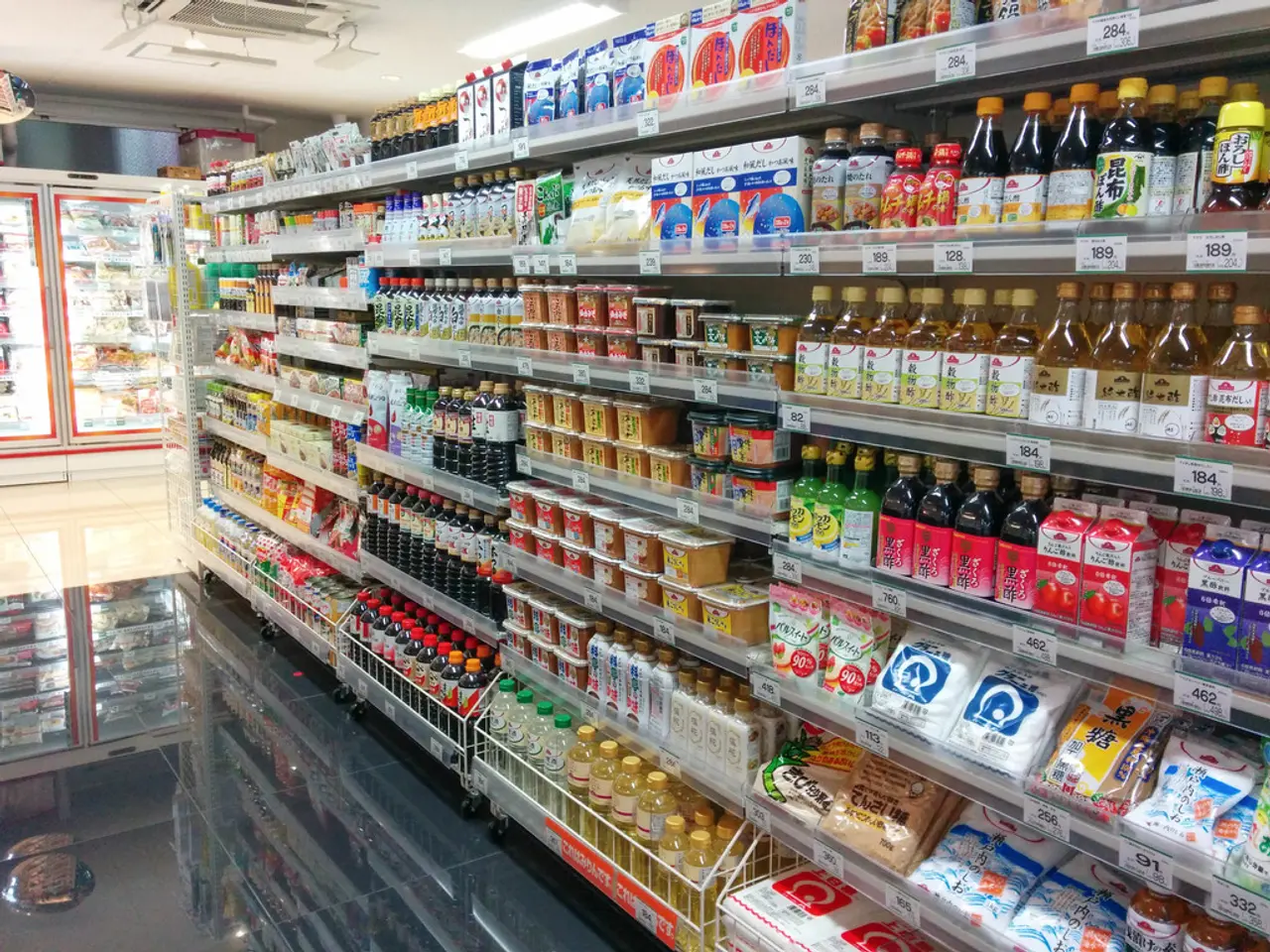Job market slows down due to uncertainties caused by tariffs, leading to increased unemployment rates in hireings
In the year 2021, the retail sector has seen a significant increase in job cuts compared to the previous year, contributing to a slowdown in hiring. This trend has been highlighted by economists such as Jonathan Pingle from UBS, who has stated that the narrative suggesting firms are not laying off workers is incorrect.
The report from outplacement firm Challenger, Gray & Christmas reveals that job cuts in August 2021 were almost 40% more than in July and 13% more than a year ago, with U.S.-based employers announcing nearly 86,000 job cuts. This figure is significantly higher than the monthly layoff announcements from 2014 to 2019, which typically hovered around 45,000.
The retail industry has been particularly hard hit by factors such as tariffs, inflation, and ongoing economic uncertainty, leading to bankruptcies and store closures. Retailers have announced a total of 83,656 job cuts this year through August, marking a staggering increase of over 240% year over year. Notable companies in the German automotive industry and related sectors, including Volkswagen, Daimler Truck, Stellantis, and Bosch, have contributed to this figure, along with the food delivery service Lieferando, which announced plans for 2,000 job cuts.
The unemployment rate in August 2021 reached 4.3%, its highest point in almost four years. If hiring continues to fall, the labor market and the economy as a whole could tip into contraction, according to Jonathan Pingle. Weaker business investment due to tariff uncertainty is likely driving the job cut slowdown, and if tariff uncertainty persists due to a Supreme Court case, the job cut slowdown could continue.
The approaching holiday shopping season may see fewer seasonal hires and potentially high layoffs if tariffs and consumer spending constraints play out. The number of August job cuts is the highest since 2020, the peak of the pandemic, and the second-highest since 2008 - the peak of the Great Recession.
In conclusion, the retail sector has been experiencing a significant increase in job cuts this year, with the unemployment rate also on the rise. If tariff uncertainty and consumer spending constraints continue, the labor market and the economy could face further challenges in the coming months.
Read also:
- Trade Disputes Escalate: Trump Imposes Tariffs, India Retaliates; threatened boycott ranges from McDonald's, Coca-Cola to iPhones
- Li Auto faces scrutiny after crash test involving i8 model and a truck manufacturer sparks controversy
- Celebrated Title: Cheesemakers Blessed Upon
- Construction and renovation projects in Cham county granted €24.8 million focus on energy efficiency




